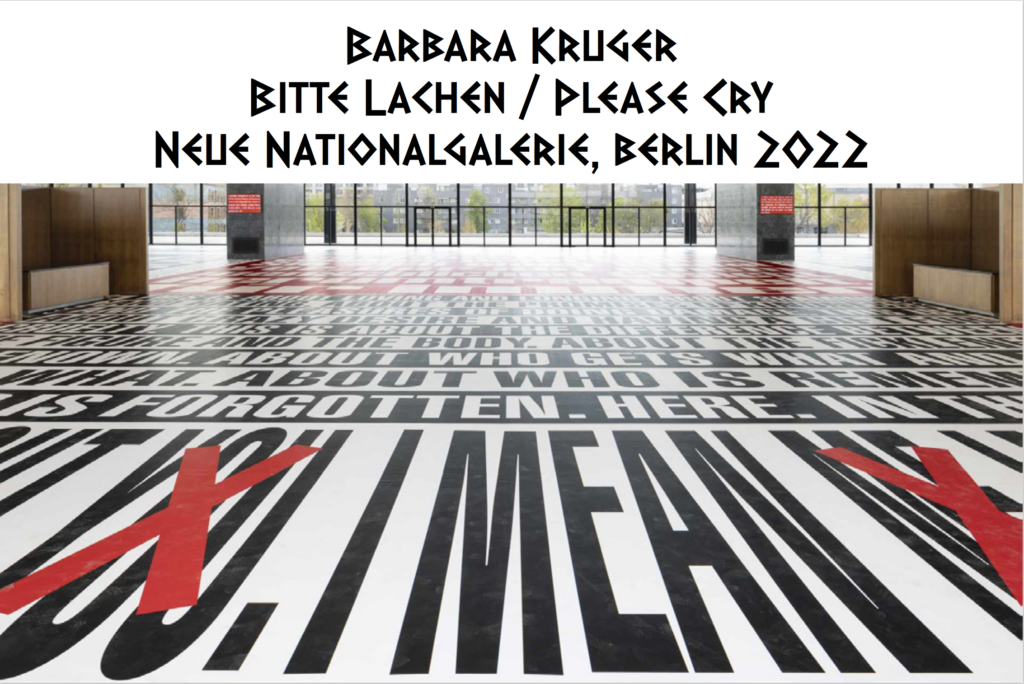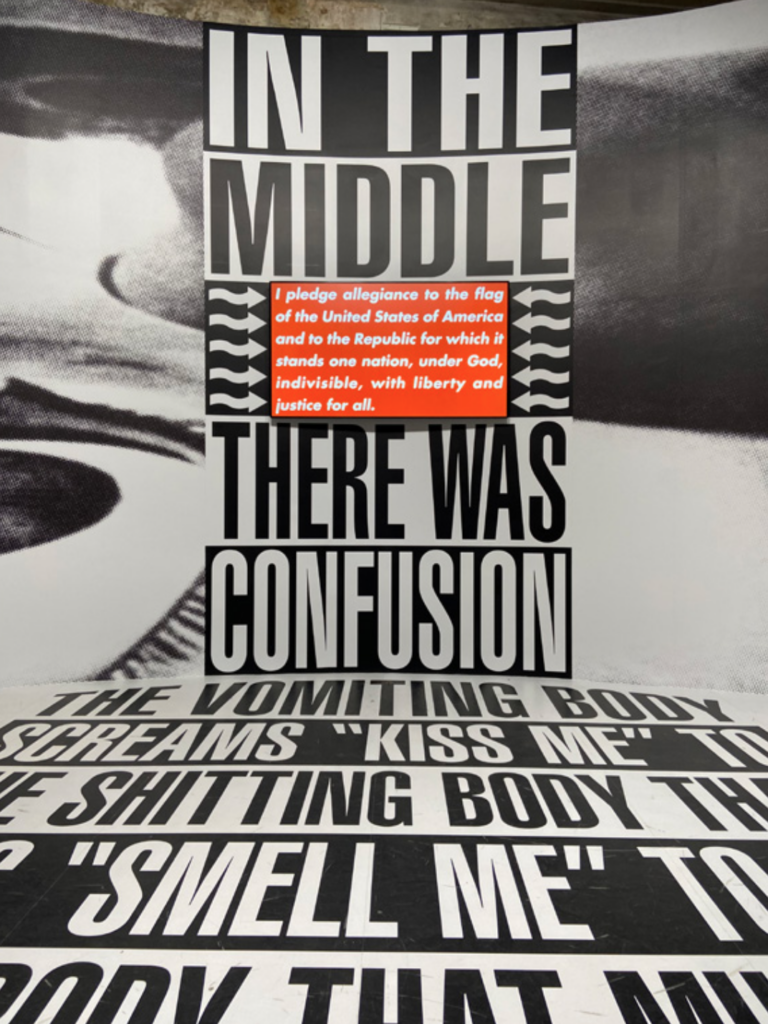the trend
Der „sad girl“ Trend kursiert in den Sozialen Medien seit 2011 und ist gekennzeichnet durch traurige Bilder, Videosequenzen und Musik, vor allem in einer düsteren Ästhetik. Wir sehen Frauen beim Weinen mit verschmierter Mascara, Zigarette in der Hand, einem übergeworfenen Pelzmantel, geschwelgt in Melancholie.
Dabei sind die Darstellungen alles andere als harmlos: hier werden Trauer, Tränen und selbst Depressionen als eine Art Lifestyle verkauft. Durch diese Dramatisierung werden psychische Krankheiten und komplexe Gefühle vereinfacht und werden daher derer Vielschichtigkeit kaum gerecht. So entsteht ein „Schubladendenken“, was unsere Wahrnehmung beeinflusst wie Trauer zu sein und auszusehen hat.
Aufgekommen ist die Bewegung durch den Song von Lana Del Rey (2014), welche sich dabei als ultimatives „sad girl“ inszeniert. Die Bewegung kommuniziert, dass es erstrebenswert sei, eine tragische Figur zu sein und romantisiert diese, welche insbesondere eine sexistische Denkweise verstärkt. Die Frau ist tatenlos und aussichtslos ohne ihren Partner, der zwar Grund ihrer Traurigkeit und ihrer Tränen ist, den sie jedoch nie verlassen wird, weil ihr diese Tragik in ihrem Leben selbst gefällt.
Dabei ist der Sprung zum Selbsthass nicht weit: Selbstverletzung, Suizidgedanken und Essstörungen werden somit als Teil dieser Ästhetik angesehen. So finden sich explizite Bilder von Narben, Anleitungen zur Selbstverletzungen, “Ich hasse meinen Körper”- Zitate, Wagen und Maßbänder auf diversen Plattformen wieder. Daher entsteht hier kein Austausch von Betroffenen, sondern eine Verherrlichung von diesen Extremen, immer nach dem Motto: sei traurig, aber tu es so, dass du dabei noch heiß aussiehst!
Der Trend kann dabei auch als sehr exklusiv wahrgenommen werden, denn die Tränen einer schwarzen Frau und einer armen Frau sind es scheinbar nicht wert, dargestellt zu werden. Scheinbar interessiert es niemanden, wie man weint, wenn man sich die grundlegendsten Güter nicht leisten kann oder wenn man nicht in eine Gesellschaft passt, denn dann ist man nur eine Frau, die weint und nicht Teil einer “Bewegung”.

nothing new
Erstaunlicherweise finden wir die Wurzeln im viktorianischen Zeitalter, denn schon hier wurde die tragische, leidende und sogar sterbende Frau romantisiert. Diese Obsession entstand aus dem Verständnis heraus, dass tote Frauen am nächsten dem Ideal der Frau zur damaligen Zeit entsprachen: passiv, visionslos, stimmlos. So sind Fälle der romantisierten Nekrophilie überliefert, wobei es einerseits immer um die Verachtung der Frau geht, die einerseits als etwas Schönes und Begehrenswertes angesehen wird, aber gleichzeitig als etwas ohne Stimme, ohne Möglichkeit sich zur Wehr zu setzen, was als Ideal angepriesen wird: “the death, then, of a beautiful woman is, unquestionably, the most poetical topic in the world” (Edgar Allan Poe, 1846).
Die Besessenheit vom tragischen Tod einer schönen jungen Frau ist auch noch in den 2000ern ein heißbegehrtes und populäres Thema. Besonders auffällig wird dies bei den Selbstmorden von Evelyn McHale und Ruslana Korshunova, welche in den Medien groß abgebildet wurden. Die Begründung beruhte dabei nicht auf den Umständen der Tode, sondern einfach, weil beide „so schön“ auch nach ihrem Tod aussahen. Bei der TV-Serie „Americas Next Top Model“ sollen Kandatinnen tote Frauen darstellen und schön dabei aussehen, auch wenn einige Models dabei deutliche psychische Beschwerden gehabt hätten.

summary
Die „sad girls“ stellen ein sehr veraltetes Ideal von Zerbrechlichkeit und der “Jungfrau in Nöten” in einer neuen Verpackung dar. Dadurch wird ein tiefgehender Blick auf psychische Krankheiten, Trauer, Gewalt und negative Emotionen verweigert, da diese als begehrenswert angesehen werden. Somit ist die Betrachtung ausschließlich oberflächlich und lässt auch nur eine Ästhetik zu, zu welcher POC nicht gehören.
Ein offener Umgang mit traurigen Gefühlen sollte doch nicht nur denen zugesprochen werden, die gesellschaftlichen Normen entsprechen, also weißen, schlanken Frauen, denn es ist wichtig, über Trauer, Schwierigkeiten und psychisches Leiden zu sprechen oder auch zu weinen.
Mindestens genauso bedeutsam ist es jedoch, solche Darstellungsformen zu hinterfragen und die Komplexität hinter Gefühlen zu verstehen, denn es sollte um mehr gehen, als nur um weinende Frauen mit verschmierter Mascara aufgrund von ästhetischen Bemühungen.

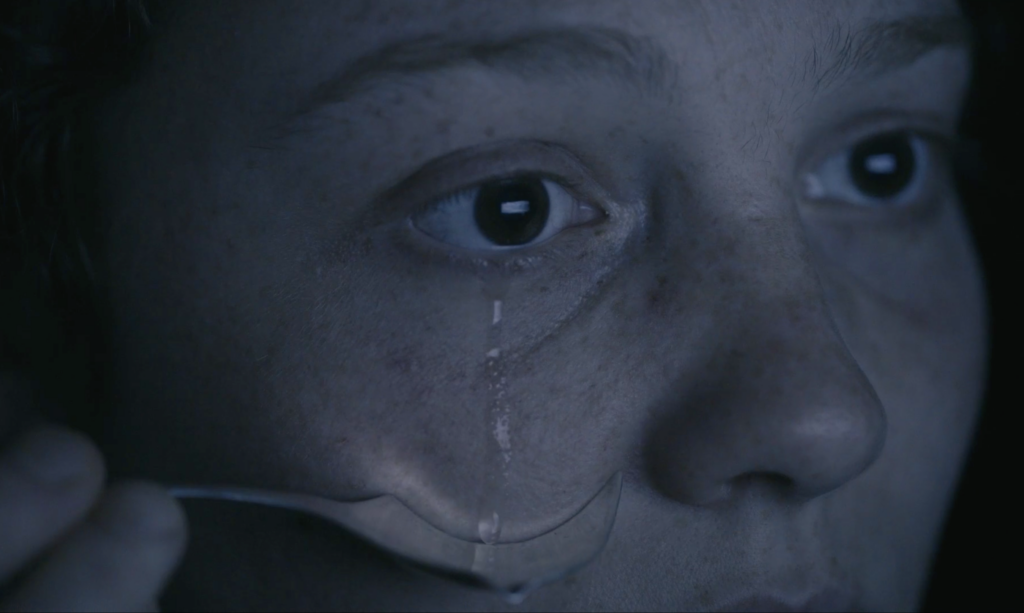



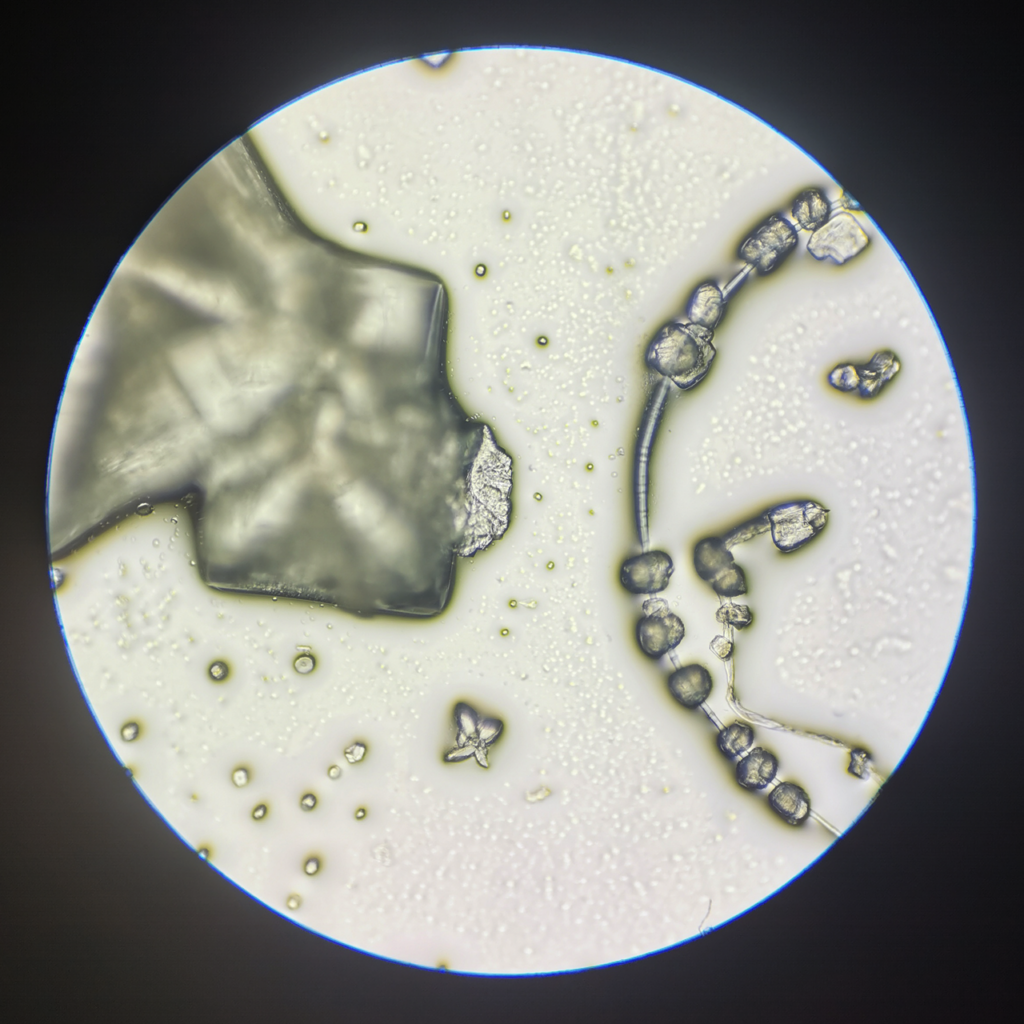







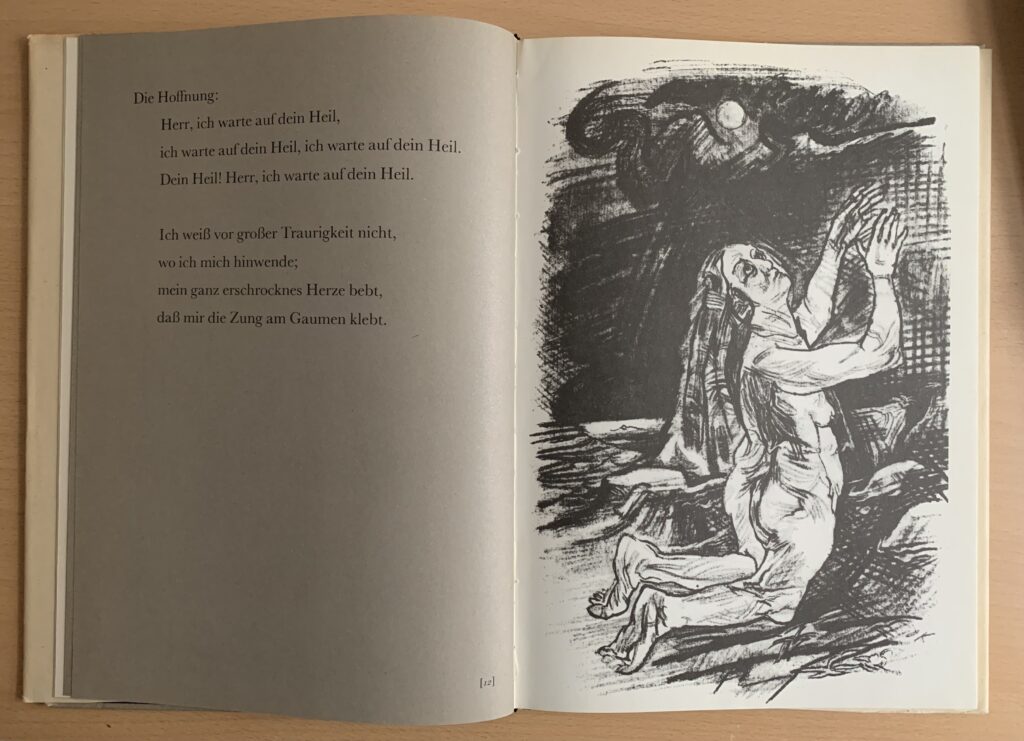


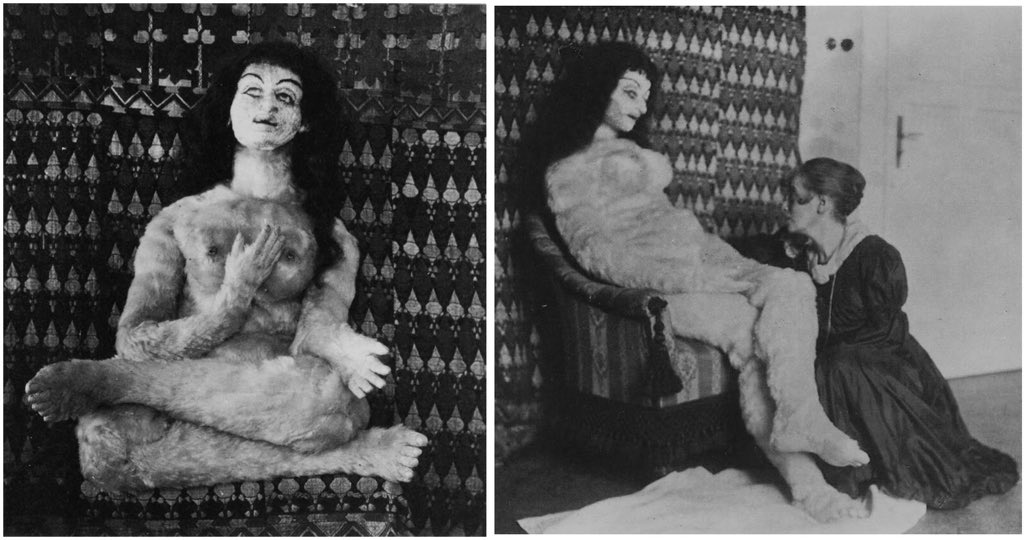


:format(webp):no_upscale()/cdn.vox-cdn.com/uploads/chorus_asset/file/6530893/crying_graphics_SANKEY_CHORD_CRIES__1_.0.png)
